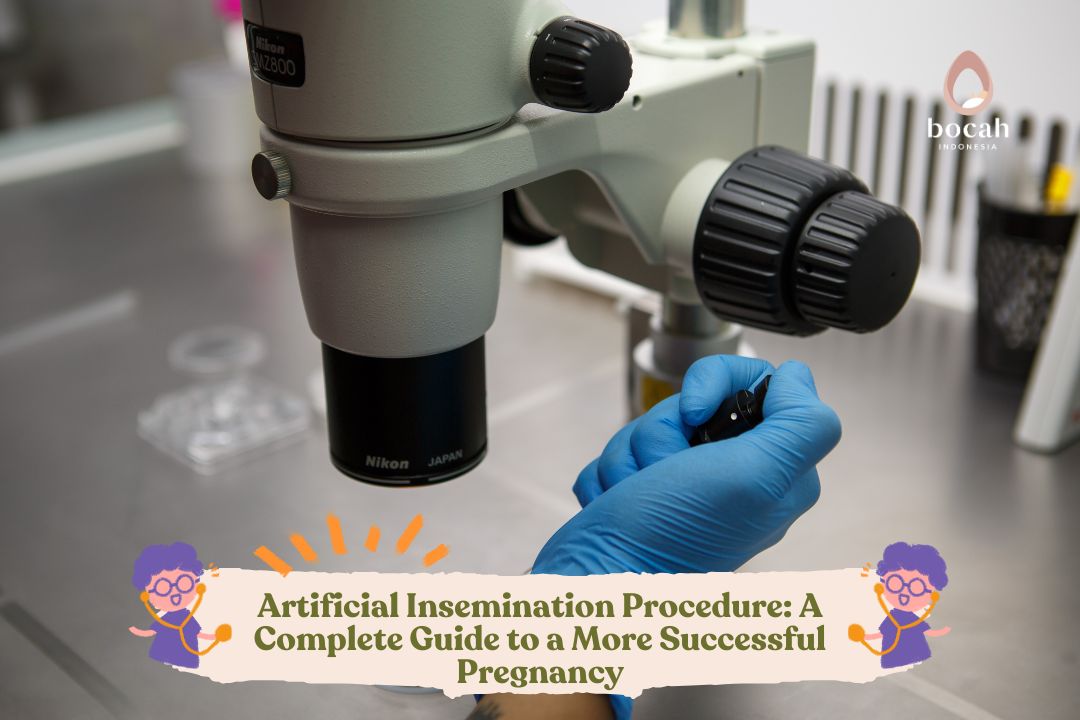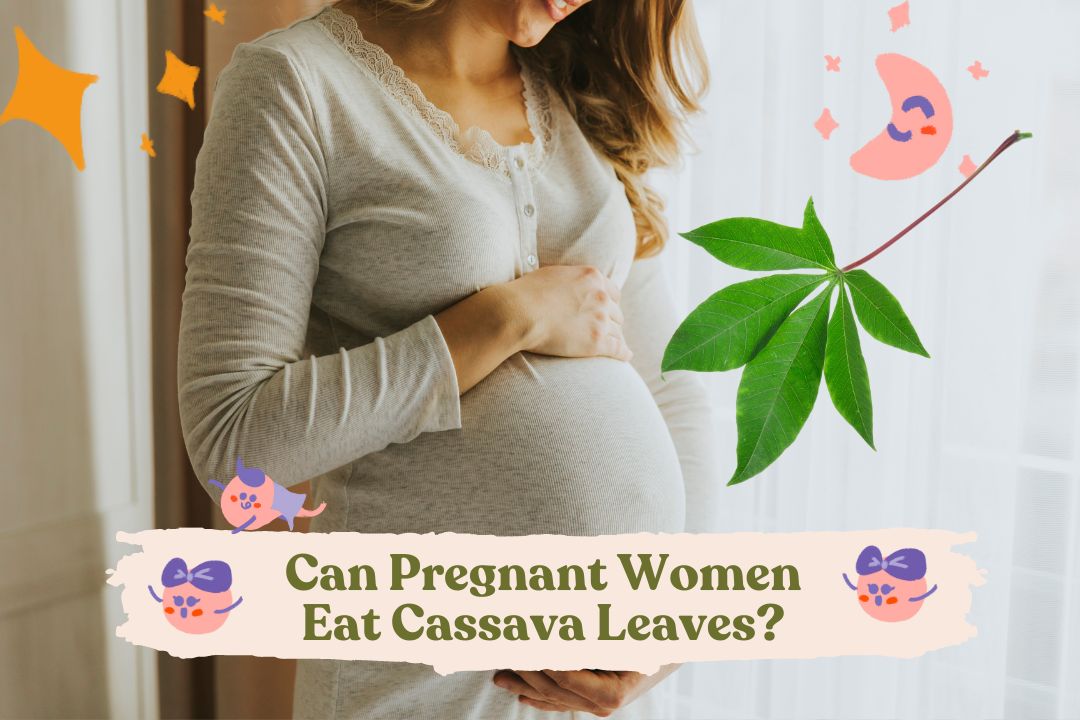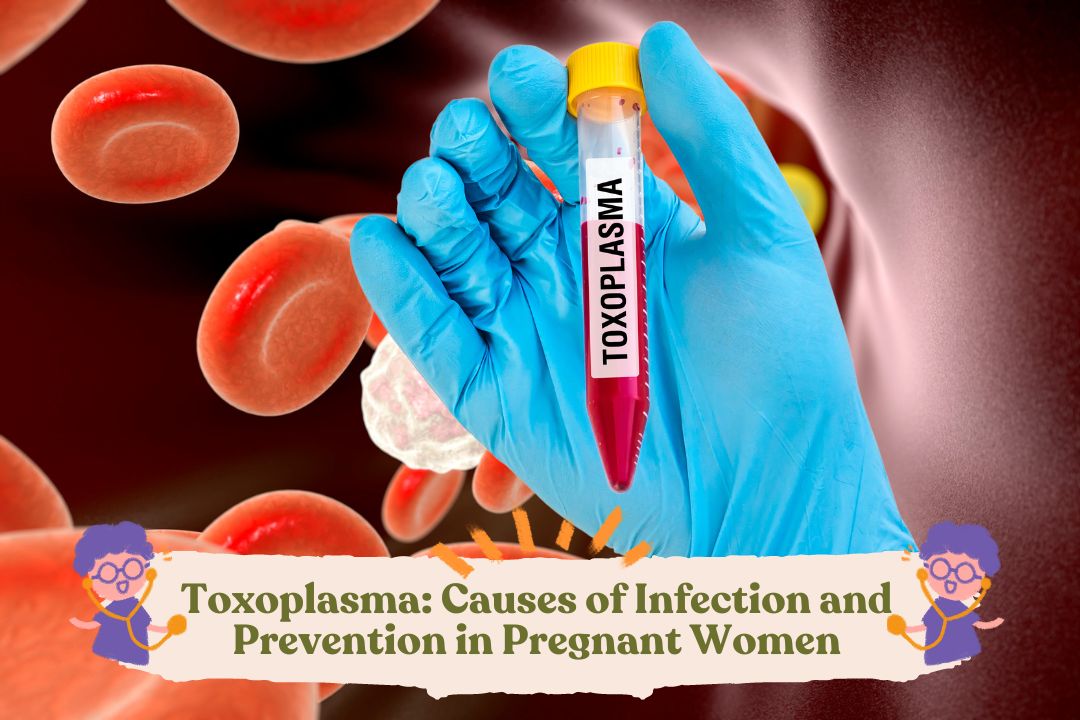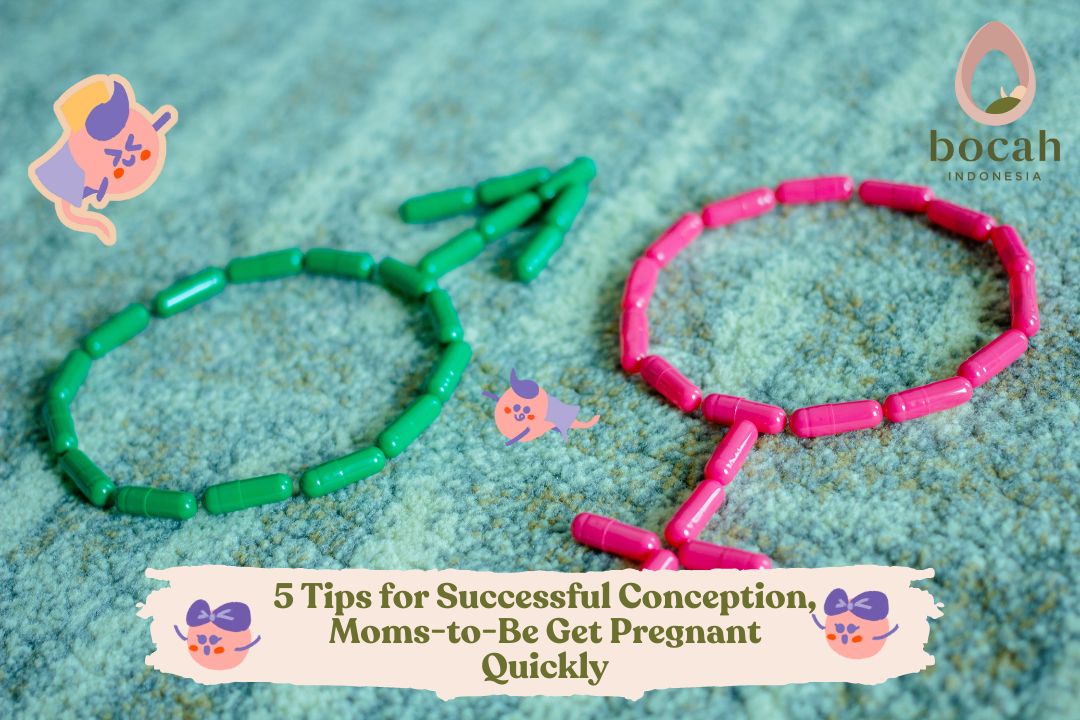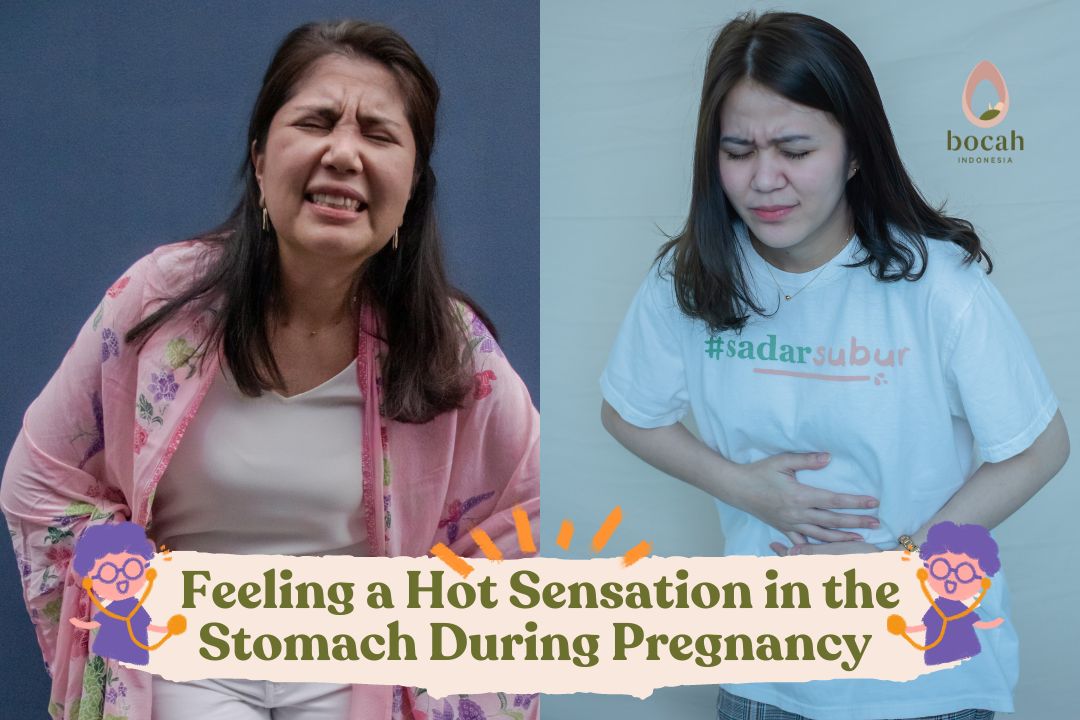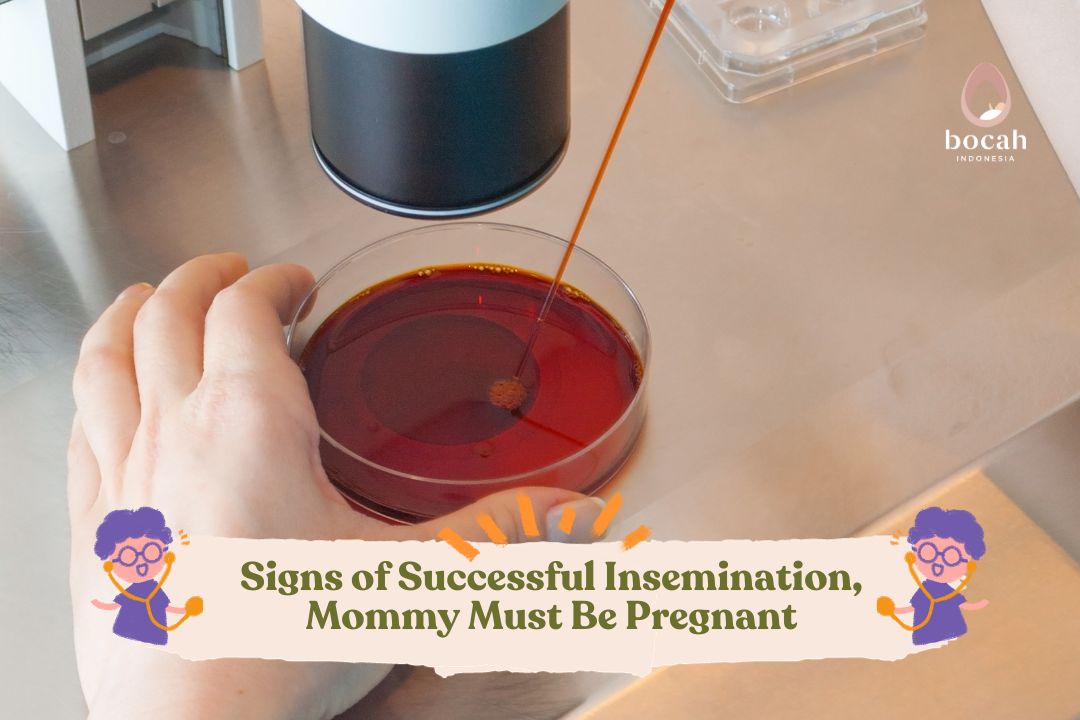Pregnant Twin Babies Are More Thrilling
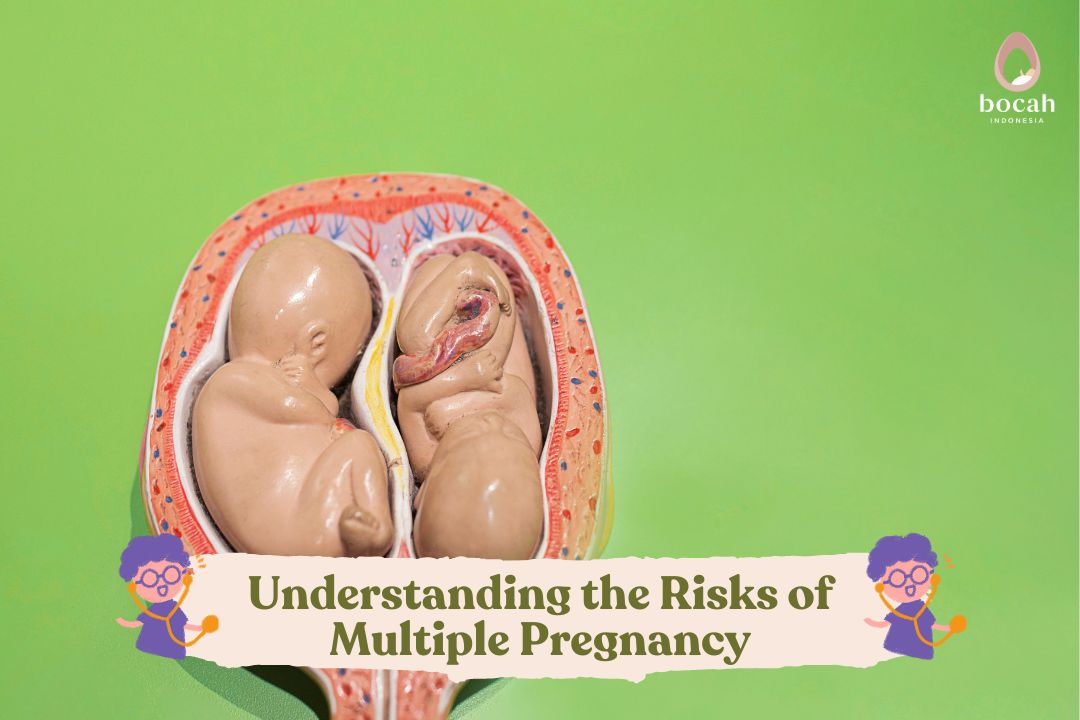
Being pregnant with twins can be a challenge for mums. However, understanding the risks of multiple pregnancies can give you peace of mind.
No pregnancy is completely risk-free. But carrying twins can increase your risk of certain pregnancy complications, including premature birth and diabetes.
Don’t let these conditions worry you. With good prenatal care, you can increase your chances of enjoying a healthy pregnancy and healthy babies.
Pregnancy Risks of Twin Babies
1. Premature birth
The first risk of twin baby pregnancy is that mum has the potential to give birth to a premature baby. More than half of twins are born more than half the time or before the end of the 36th week of pregnancy. Premature babies may have health problems like newborns. Sometimes they also have lasting disabilities.
2. Low birth weight (LBW)
Twin babies are also at risk of having low birth weight (LBW). More than half of twins are born LBW, weighing less than 2 kilograms.
LBW babies are at a higher risk of developing health problems after birth such as vision and hearing impairment, mental disabilities, and cerebral palsy. These conditions are more likely to occur if the baby is born before 32 weeks or weighs less than 1.5 kilograms.
3. Twin transfusion syndrome
Twin transfusion syndrome can also occur for twins. This condition affects about 10 per cent of identical twins who share a placenta.
Twin transfusion syndrome occurs when the blood vessels connecting the twins allow one baby to receive an insufficient amount of blood, while the other receives too much. Doctors can treat it with laser surgery to close the blood vessel connection or with amniocentesis to drain the excess amniotic fluid.
The risks of getting pregnant with twins are also risky for mum’s health. Twin pregnancies often come with an increased risk of developing several medical conditions. The risk of placental problems such as placenta previa, placental abruption, and placenta accreta should be of concern to mums.
4. Mum’s health
For pregnant women, twin baby pregnancy has the potential to become a problem of diabetes and hypertension. Not yet pregnant women who give birth experience heavy bleeding after delivery, often because the placenta did not come out or the uterus did not contract properly. If you have diabetes or high blood sugar during pregnancy, your babies may grow too big. Giving birth to a large baby increases the risk of complications during labour and may require you to deliver by caesarean section.
Tanya Mincah tentang Promil?
5. Baby’s breathing problems
Your baby may also experience breathing problems and low blood sugar when they are born. But you can take steps, such as diet to lower the risk.
6. Preeclampsia
Mums are also more likely to develop preeclampsia than women carrying one baby. Preeclampsia is a serious condition that occurs during pregnancy and is usually characterised by abnormally high blood pressure and organ damage, especially to the kidneys and liver. It can be life-threatening to both the mother and the unborn baby. Symptoms include high blood pressure, protein in the urine, severe headaches, visual disturbances, and sudden swelling in the face and hands. Preeclampsia must be closely monitored by medical personnel and may require medical intervention, including premature birth if the condition worsens. If the condition is already present, mums may need to go into labour early to prevent serious complications. If left untreated, preeclampsia can cause your baby to lack oxygen and nutrients and can damage your organs. Another condition that can occur is a lack of healthy red blood cells due to too little iron, which can lead to premature birth. Make sure you add iron to your diet as recommended by your doctor.
Twin pregnancy has serious risks, but don’t worry too much. With good prenatal care, you and your doctor can reduce the risks and detect problems earlier, rather than later. You can also work with your doctor to manage and minimise the impact of any complications.
Things About Twin Pregnancy
Twin pregnancies do bring double blessings, but also have greater risks than single pregnancies. Get to know the following things about twin pregnancy from conception to delivery.
1. Age of twin pregnancy
Mums are more likely to conceive twins naturally when they are in their 30s and 40s. There is an assumption that the older you are, the harder it is to get pregnant. However, this condition actually makes twin pregnancy more likely.
Abdulla Al-Khan, Director and Chief of Maternal and Fetal Medicine and Surgery at Hackensack University Medical Center, New Jersey, says when women are 25 or enter their 30s and 40s, ovulation cycles are no longer regular. This condition allows for the ovulation of two follicles at the same time.
2. Increase folic acid
Twin pregnancies may require additional folic acid. Folic acid helps prevent neural tube birth defects such as spina bifida. Professor Berel Held and Director of the Division of Maternal-Fetal Medicine at the University of Texas Health Science Centre, Houston, Manju Monga, recommend 1 milligram of folic acid per day for twin pregnancies. Meanwhile, for singleton pregnancies, it is 0.4 milligrams.
3. Consult a doctor more often
Conceiving twins means more frequent doctor consultations. Twin pregnancies require more check-ups than singleton pregnancies. Twins need to undergo fetal tests twice a week when approaching labour. There may also need to be more ultrasounds or placement on a foetal heart rate monitor for testing.
4. More frequent nausea
Nausea during pregnancy occurs due to high levels of human chorionic gonadotropin (HCG). The hormone is higher in twin pregnancies. This condition occurs in the first trimester. It only subsides in 12 to 14 weeks of pregnancy. Expectant mothers of twins also complain more of back pain, sleeplessness, and heartburn than those carrying one child. Pregnant twins also have a higher rate of maternal anaemia and a higher rate of bleeding after delivery.
5. Caesarean section
Caesarean section is more common in twin pregnancies. There are often cases of breech babies or the baby’s condition is higher in twins compared to singletons so a caesarean delivery is necessary.
Hopefully, this information will help direct the preventive measures needed by parents to maintain a safe pregnancy and provide a healthy birth for the anticipated twin babies.
Don’t forget to keep Mum and baby healthy by consuming foods that support the vitamins and minerals needed, actively moving, getting enough rest, and diligent control to the gynaecologist. For other Moms and Dads who may be looking to run a pregnancy programme to get twins, start by consulting a doctor first.
This article has been medically reviewed by Dr. Chitra Fatimah.
Source:
- Gill, P., Lende, M.N., & Van Hook, J.W. NCBI Bookshelf (2020). Twin Births. https://pubmed.ncbi.nlm.nih.gov/29630252/
- Kim, et al. (2019). Retinopathy of Prematurity: A Review of Risk Factors and their Clinical Significance. Survey of Ophthalmology, 63(5), pp. 618–637. https://pubmed.ncbi.nlm.nih.gov/29679617/
- Mayo Clinic (2018). Twin Pregnancy: What Twins Or Multiples Mean For Mom.
- WebMD (2019). Risks Linked with Twin Births.
- WebMD (2022). 11 Things You Didn’t Know About Twin Pregnancies
- Healthline. (2023). How Many Types of Twins Are There?


